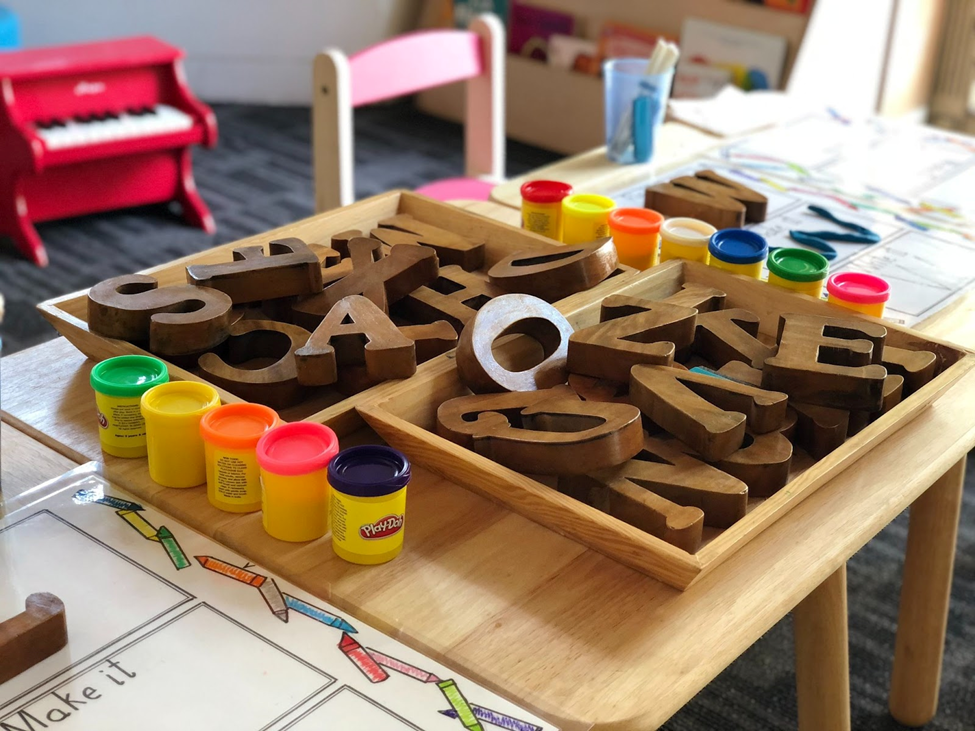There is a need to change the math journey for online students to make them enjoy the lessons and help with comprehension and knowledge retention.
Integrating gamification for online interactive math lessons can enhance performance substantially and nurture students’ love for mathematics.

Students are different and may have different reasons for not enjoying maths. For instance, some find it difficult and get anxious about testing and grading. Others may develop boredom when they feel they are not being challenged enough and lose interest in the subject.
Educators should understand teaching math resources they can leverage to help their students develop a solid foundation for mathematics for a lifelong love of the subject and success.
Here are ways to make math lessons interactive to keep learners interested.
1. The Use of Relatable and Engaging Questions
Word puzzles are a fantastic method to link your lesson ideas with your students’ interests. Send out a quick poll or ask students about their preferred movies, games, TV shows, books, or video games if you’re unsure of what they enjoy.
They’ll be thrilled when they see their favorite characters, books, or television programs on your next assessments or lesson plans. You will have students looking forward to learning, assessments, and finishing their homework.
2. Gamification

Math games are an effective way to integrate competition and interest in your classroom. A study on the impact of gamification on mathematics instruction found that integrating gamification elements in math lessons improves learners’ attitudes toward the subject and overall performance.
Math games that fit in with your lesson plan captivate students’ attention and keep them engaged.
Math board games, for instance, teach kids fundamental math concepts while fostering social and emotional competencies like cooperation and turn-taking. When playing card games, students can learn subtraction, multiplication, and exponent rules through a more exciting approach.
Math stations with number blocks and other manipulatives can help younger students lay a mathematics foundation during play-based activities that foster learning.
Gamification is an effective way to deliver interactive math lessons in online and in-person classrooms.
3. Use Visual Aid
If your classroom is filled with visual learners, charts, picture books, and other visual aids can help students understand new ideas and give them points of reference as they work. Visual aids increase ownership in learning and enhance comprehension.
Anchor charts are easily accessible, making setting up a classroom simple and stress-free. To aid in their retention of important phrases and ideas, you could even let the students create their visual aids.
Picture books are a fantastic method to engage pupils who enjoy reading and seeing things rather than doing math.
4. Maintaining Fixed Routines
Creating an established math class pattern can support learners in feeling calm and in control as math class begins, particularly if they experience arithmetic anxiety.
Explain what is expected of the students and what they should bring to class.
Whether you want to introduce a new subject or go over an old one, decide what to cover first in your lesson.
Ask students to respond to a discussion question by sharing their solutions, and to define some vocabulary terms that you have written on the board. Older students should be challenged to evaluate a piece of mathematical writing by a professional.
Use the middle of your instruction to introduce new concepts to your class or to give them practical experience.
5. Make the Lessons Physically Engaging
Several learners can benefit from techniques that get students up and moving, out of their chairs, or just participating in hands-on learning activities. Try writing and performing skits about mathematical ideas.
Students can benefit from brain breaks during long periods in class to keep focused.
Flipped classes and think-pair-share exercises can also help students gain practical experience and discuss novel concepts with their acquaintances.
6. Incorporate Mathematics into Other Subjects
There are countless methods to link mathematical concepts and motivate kids to study more, whether it be through art or social studies.
Art and mathematics blend together beautifully. Simple drawings are a great way to expose your child to the world of symmetry, proportions, and shapes.
The best math websites for kids integrate weaving, string art, and easy geo-board activities to make courses interactive. Math is everything but dull if you teach your child in a way that even comes near to being enjoyable.
As part of interdisciplinary educational activities, incorporate math talk into other courses to keep students motivated, especially if the second subject piques their interest.
Conclusion
Making math instruction more interactive is an excellent way to pique learners’ experience in the subject and keep them engaged.
Adding gamification elements and other interactive techniques in the lessons also provide learners with multiple ways to understand the subject and build a solid foundation. Instructors should find things that students love, whether games or specific subjects and integrate mathematics to keep students interested in the subject. There is more than one way to learn mathematics.








